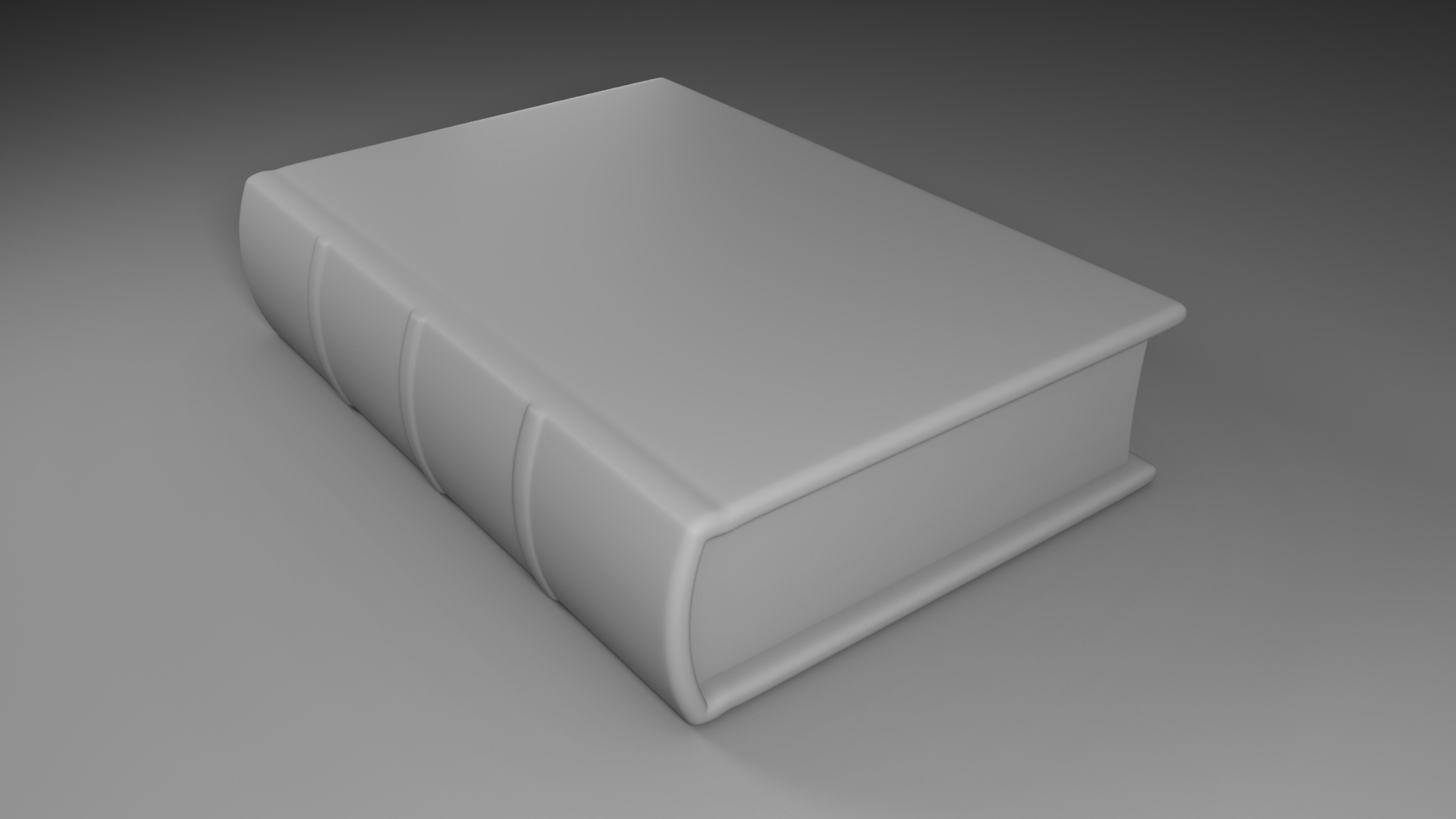The Cabinet of Dr. Caligari (1920) - Film Review.
 |
| Figure 1. |
The
cinematic wonder that is The Cabinet of Dr Caligari
(1920) was
directed by Robert Wiene and
was written by Carl Mayer and Hans Janowitz. Janowitz originally being a German officer in war and
Mayer a dramatist, both screenplay writers had developed an aversion violence
due to the outcomes of war; causing them to convert to pacifism come the end of
the first world war. Together they scripted and produced the fantastical
thriller The
Cabinet of Dr Caligari (1920).
At
the time the motion picture was produced, all other foreign films were banned
from German screens, this causing the German film production to sky rocket due
to the high public demand. Cinematics of this era hold a variety of different
German expressionist styles.
The Cabinet of Dr Caligari
(1920) was a
prominent example of German expressionism at the time, ranging
from the vast angular obscurities in architecture to the warped painting styles
used in the set design; giving a very skewed and confusing view to
the audience. Similarly
to
other expressionist films of the time where the plot lines dealt with the
ideas of mania,
insanity, obsession and betrayal;
other feature films such as Nosferatu (1922) and The
Golem (1915- 1920) embody these themes, which can then be
reflected in the sets as well as enforce the moods/personas of
the character(s) within
the
film.
 |
| Figure 2. |
It
has be said that “The audience confined in the madman’s
universe, sees what the madman sees….an angular, warped world of fears and menace.”
(Kale,
P. (n.d.)).
This
can
especially be seen in the motion picture ‘Caligari’ where the lead protagonist
(Francis) is made out to seem sane as he retells the story of Dr.
Caligari
and his somnambulist, but by the end of the film the audience
come to learn that he (Francis) is in
fact mentally ill and is of an unsound mind. This is
then reflected
in the set designs throughout the film as there is a stark contrast between
bold scene art from the beginning of the film to the end where the colours
(despite being black and white) are more washed out and dull. In
addition to this, the complex set designs alternate in dimensions and scales
further supporting the idea of the protagonist is in need of psychiatric help
as the scenes either slope towards or away from the audience due to the
confusing perspective angles placed on the infrastructure of the setting. An
example of this can be seen in figure 1 of
the town centre, where the buildings are set askew
in the background of the shot but the set appears to be inclining down on a
slope in the foreground of the frame. This effect can also be seen in figure 2 where the set ‘drops’ behind the
railing in offset positions, creating a warped sense of depth for the
onlookers, making it “Arguably the most visually influential movie of the silent period.”
(Kermode,
2014) due
to not only its revolving perspectives, but in the sense of character design as
well. This being because like most horror concepts today the ‘bad guy’ is often
depicted in dark clothing and tends to have an ‘evil’ look about them, which is
further enhanced with make-up and costume design; ‘Caligari’s’
Cesare and Dr. Caligari are a prime example (figure
3) from
either the tall, lanky and or stout figures, dark clothing/props and bold
make-up to give a gauntly/menacing appeal to the audience.
Throughout
the motion picture ‘Caligari’
depicts various horror tropes within the scenes; the most illicit of the tropes
being insanity, murder and the use of tall skeletal figures/shadows to evoke
fear and unease within the audience. The Cabinet of Dr Caligari (1920) was
a stepping stone in the horror cinematic universe, it has been said that “Horror
cinema
was built
upon
such milestones; but this gothic masterpiece has seeped into the very soul of
movie-making itself.” (Kermode, 2014) and can
be seen as a “template for today’s scary movies,
noirs and psychological thrillers … topped off
with a surprise ending that still gets used all the time now.” (Bradshaw,
2014)
making
‘Caligair’ the
archetype of its time; as in more recent cinema archetypal traits of the 1920 motion
picture
can be seen films
today, an example of this can be seen in Henry Selick's set/character designs for
the stop-motion Coraline (2009) and
Tim Burton's dramatical thriller that is Sweeney Todd: The Demon Barber of Fleet Street (2007).
Bibliography:
Bradshaw, P. (2014) The Cabinet
of Dr Caligari review
–
occult scary-movie touchstone from 1920, Available from: https://www.theguardian.com/film/2014/aug/28/the-cabinet-of-dr-caligari-film-review
[Accessed on: 1st October 2019]. In-text citation: (Bradshaw, 2014).
Kermode, M. (2014) The Cabinet
of Dr Caligari
review –
a timeless classic and a visual archetype. Available
from: https://www.theguardian.com/film/2014/aug/31/cabinet-dr-caligari-review-mark-kermode-timeless-classic [Accessed
on: 1st October 2019]. In-text citation: (Kermode,
2014).
Kale, P. (n.d.) The Cabinet Of Dr Caligari. Available
from: https://www.newyorker.com/goings-on-about-town/movies/cabinet-dr-caligari [Accessed on:
1st October 2019]. In-text citation: (Kale,
P. (n.d.)).
Illustration
List:
Figure 1: https://www.imdb.com/title/tt0010323/mediaviewer/rm687085312?ref_=ttmi_mi_all_art_68 [Accessed on:
1st October 2019].
Figure 2:
https://www.imdb.com/title/tt0010323/mediaviewer/rm485054976?ref_=ttmi_mi_all_sf_54 [Accessed on:
1st October 2019].
Figure 3:
https://www.imdb.com/title/tt0010323/mediaviewer/rm515575040?ref_=ttmi_mi_all_sf_57 [Accessed on:
1st October 2019].





Comments
Post a Comment